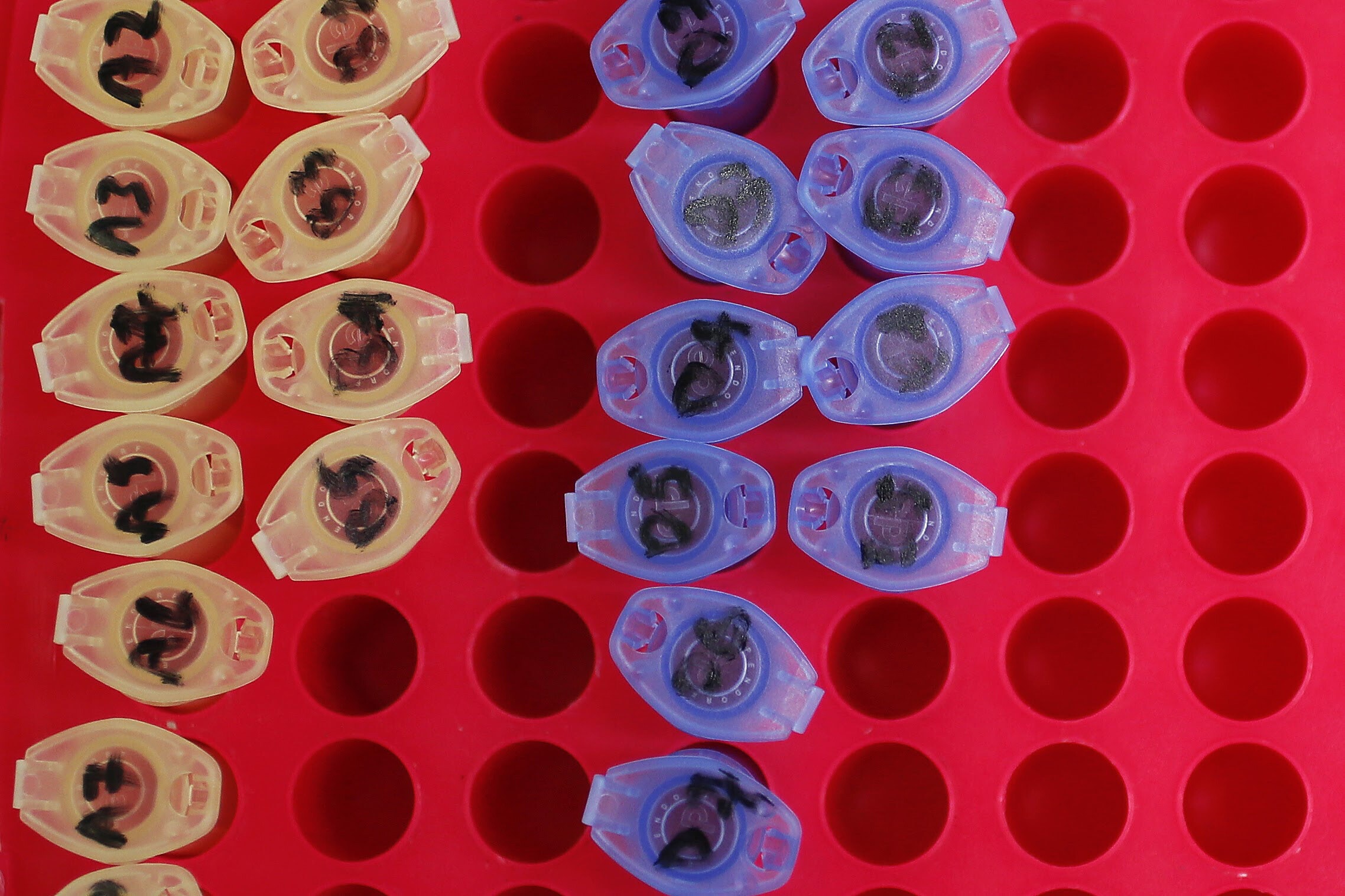How big data can help solve the world’s woes

We are on the cusp of an exciting era, one in which data can drive innovative solutions that make a pronounced and lasting impact on the public good. So far, the explosion of data has outpaced our ability to analyse and translate available information into insight. This shortfall is partly due to the fixation on data access: to date, the focus has been on how we pry data loose from the organizations (both public and private) that control it. To seize this massive opportunity, we have to broaden the public debate about data from who owns it to how it can be used to address the grand challenges we face.
There at least three obstacles limiting the impact of data:
- As sensors and mobile devices transmit more and more data, people worry that their personal information might be shared inadvertently. Therefore, in any discussion of data, privacy must be paramount.
- Every new security breach or hack raises the issue of security – how we protect data from nefarious uses. The truth is that data is most secure at the source, so it’s little wonder that organizations may be reluctant to share their data with other entities if doing so leaves them more vulnerable to a cyberattack.
- The capacity of organizations to analyse large volumes of data can be a barrier to extracting insight. If a disaster relief organization is seeking mobile-phone records to pinpoint the epicentre of a disease outbreak, for example, it might not have the computing power or personnel to sift through the billions of transactions in order to extract insight.
These obstacles are significant – but only if we adhere to the traditional mindset that data must be moved to other entities to support such efforts. We advocate a new approach. If we can bring the analytics to the data instead of moving the data to less-secure places to enable analysis, we can help ensure data privacy, security and reliability. Essentially, the data doesn’t need to move; by moving the models and algorithms instead, we can overcome these obstacles and unlock a vast array of uses.
This new approach would completely rewrite the rules of the game. Currently, the public sector is severely limited by data access. In the matrix below, we are firmly in the lower left quadrant. We formulate questions to extract insights from available data, which necessarily limits the problems that can be solved. However, if the universe of data were suddenly made available, it would unleash the creativity of problem-solvers to combine different data sets – public and private – to develop innovative solutions to innumerable challenges. Releasing the floodgates would, in effect, enable analysts to move to the upper-right quadrant. And at that point, we are limited only by our imagination and ingenuity to take on ever larger, more complex global problems.
Greater access to data and the computing power to analyse it would essentially make big data an asset class. Data would become a new digital currency for charitable in-kind contributions, giving private-sector organizations a built-in incentive to participate in the global market for data. The more data they share, the greater the value they could accrue. Creating new solutions from this huge volume of data would require organizations and their data analysts to follow a different approach:
- Discover the question. When data access isn’t an issue, finding solutions starts with discovering the questions that were previously not asked. This process is a matter of connecting the right people with big data to solve specific, known problems accomplished through what I will call “visual analytics”. A series of questions, one leading to the next, creates an inquisitive environment that takes on a problem from numerous angles. In this environment, a multitude of questions triggers a hypothesis that in turn gives rise to new ideas. This step socializes analytics and allows the non-IT experts to have a dialogue with the data.
- Find unconventional data sources. The world faces a host of seemingly intractable problems, such as traffic congestion in gridlocked urban centres and disease outbreaks in emerging countries with underdeveloped infrastructure. Nontraditional data sources, including social media traffic and sensor data, can be combined with other data (for example, from the United Nations or World Health Organization) to provide a more complete picture of the problem and suggest new approaches. With only 1% of the world’s data being analysed, unconventional data sources must be tapped to address our bigger known problems.
- Solve the world’s grand challenges. The combination of unconventional data sources, new problem-solving approaches, and the ability to use big data to access collective knowledge will enable organizations to devise innovative solutions to global problems. Big data provides numerous avenues to explore new approaches to sweeping issues such as climate change, national security and healthy ageing.
Although analysts are just starting to harness new data sources, we have seen promising results that only begin to hint at the possibilities. In 2013, Typhoon Haiyan hit the Philippines, causing widespread devastation. Typically, relief organizations spring into action immediately, using logistics plans and methods based on previous disasters. In this case, analytics helped aid workers prioritize assistance and supply distribution.
To complement the Filipino government’s data collection capabilities, the International Organization for Migration (IOM) worked with data analysts to use visual analytic techniques, including text-mining tools. By incorporating social media data with geographic and real-time data, the IOM was able to quantify the unique needs of each region in the typhoon’s aftermath and identify service gaps in affected areas. Sankey diagrams, sentiment analysis, geobubble mapping and visual statistics, among other tools, were tapped to expedite the assembly and distribution of assets.
As a result, the IOM was able to pinpoint the locations that were hardest hit. The analysis found that hospitals in the badly damaged coastal city of Guiuan were running out of diesel for their back-up generators, and critical supplies were directed to those areas first.
We are just at the beginning of this journey, but the potential to improve the human condition on a global scale is truly awe-inspiring. Much work remains to educate organizations, policy-makers and the general public on the potential of data to contribute to the greater good. By clearly communicating how big data can be used to address global challenges, we can unleash a new era of creativity in problem-solving.
The Summit on the Global Agenda 2015 takes place in Abu Dhabi from 25-27 October
Author: Mikael Hagstrom is Executive Vice-President at SAS and Chair of the Forum’s Global Agenda Council on Data-Driven Development.
Image: A girl looks on in the typhoon-devastated town of Guiuan, November 19, 2013. REUTERS/Wolfgang Rattay
Don't miss any update on this topic
Create a free account and access your personalized content collection with our latest publications and analyses.
License and Republishing
World Economic Forum articles may be republished in accordance with the Creative Commons Attribution-NonCommercial-NoDerivatives 4.0 International Public License, and in accordance with our Terms of Use.
The views expressed in this article are those of the author alone and not the World Economic Forum.
Stay up to date:
The Digital Economy
Forum Stories newsletter
Bringing you weekly curated insights and analysis on the global issues that matter.








